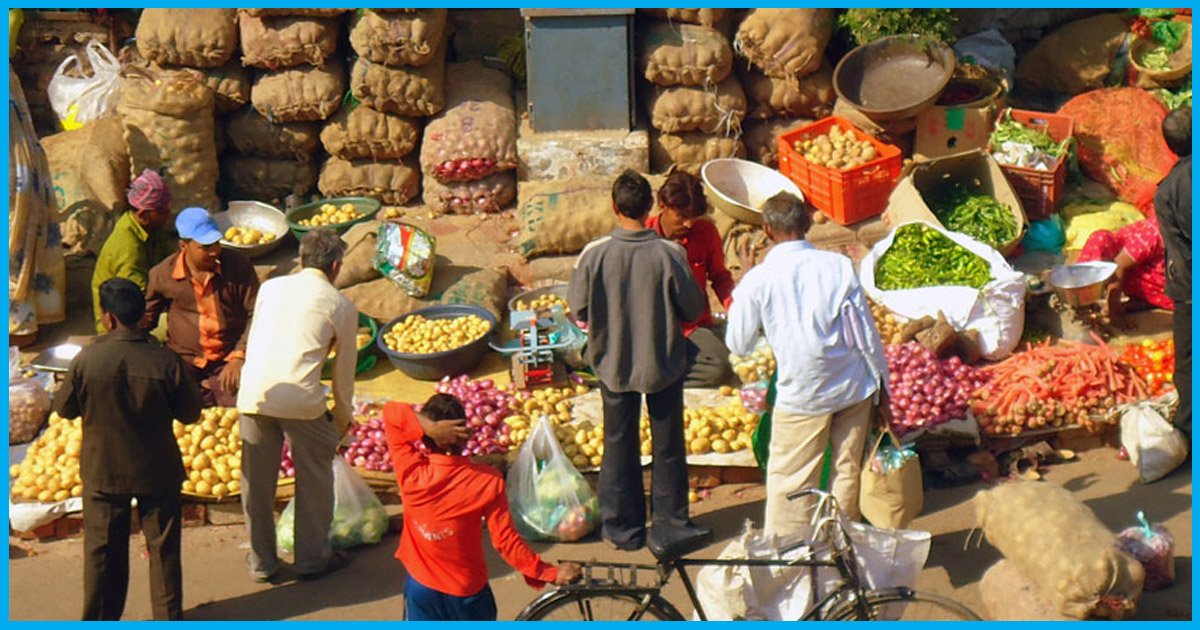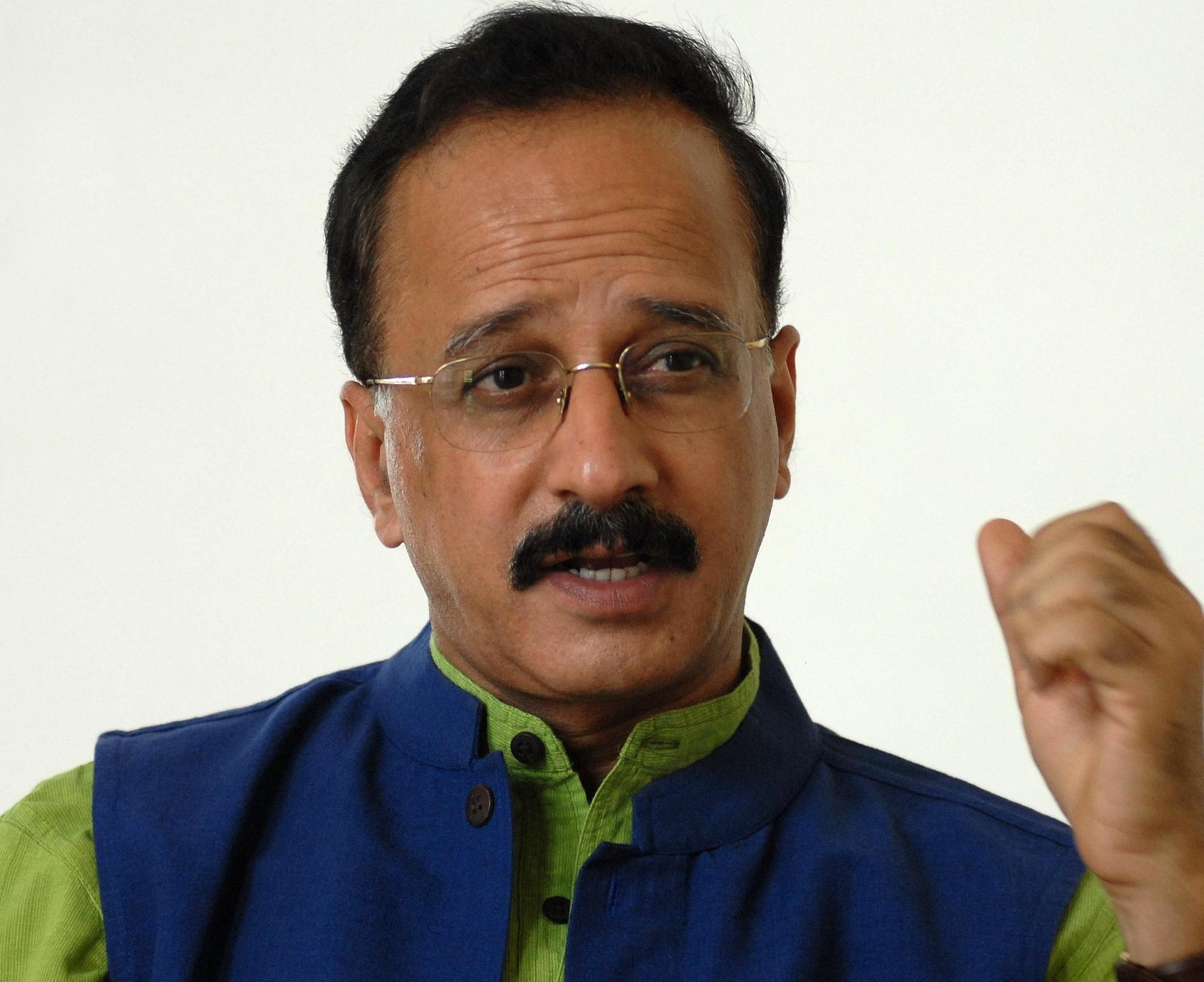
The Grave Tragedy That Indian Agriculture Is Faced With Has Its Genesis In The Failure Of Markets
5 May 2017 10:41 AM GMT
When the leader of Congress in Lok Sabha Mallikarjun Kharge recently urged the government to grant an additional bonus of Rs 1,000 per quintal over the minimum support price (MSP) for tur dal, he was demanding a respite for the farmers who were faced with the collapse in prices pushing them deeper into distress. After two years of back-to-back drought, a bountiful monsoon in 2016 was expected to bring cheers for farmers. Backed with a promise of a higher procurement price, farmers had put in all efforts to achieve a record harvest.
But the excitement of a bumper crop was short-lived. Open market prices crashed. Even the MSP failed to provide any assurance. Against the procurement price of Rs 5,050 per quintal, farmers across the country had got not more not more than Rs 4,200. That too after waiting in the mandis for nearly 10 days on an average.
According to the Karnataka Agricultural Prices Commission, the total cost of production works out to Rs 6,403 per quintal. Compare this with the price the farmers were able to get, it was roughly Rs 2,000 per quintal less than what they had invested in. And to make matters worse, Mallikarjun Kharge said this year the government imported 27.86 lakh tonnes of tur dal at the rate of Rs 10,114 per quintal (last year 57 lakh tonnes were imported). He therefore rightly demanded the government to also procure at the same rate from within the country.
Tur dal is not an exceptional case. All pulses crops, including moong and urad, faced the same dreaded consequences. What happened in the case of pulses also happened in the case of mustard, which recorded a 15 per cent increase in production thanks to an increased area planted, more stable yields and better weather. Against the MSP of Rs 3,700 per quintal, farmers were unable to realize even Rs 3,500 per quintal, and the prices had generally prevailed at about 5 to 9 percent less. Stories of tomato, potato and onions were thrown on to the streets by irate growers in several parts of the country had appeared in the media, and even red chili, a cash crop in Andhra Pradesh and Telangana had met the same fate.
Unfortunately, the fall in prices of agricultural commodities is always seen as nothing more than a game of numbers that is played routinely year after year. Pick up newspapers of yesteryears or if you were to make a Google search, you will find the prices invariably crashing after every harvest. But what is not being realized is that behind these numbers lies the poor farmers, and their toiling families, the tragic fallout it has on the livelihood security of millions of farmers is never revealed, never talked about. The grave tragedy that Indian agriculture is faced with reflected through the unending spate of farmer suicides, has its genesis in the failure of markets.
The other day a 21-year old young girl, Sheetal Yankat, jumped into the well, ironically located in her own crop fields in Latur, Maharashtra. She left behind a suicide note wherein she wrote that she was ending her life because she didn’t want her father to come under more debt. Already, unable to get a higher price with two crop years gone to continuous drought, her father was under a heavy debt. Because the middle-men were not willing to lend him more money, her marriage had been delayed by two years. She could see how her parents were desperately trying to borrow more money to somehow get her married. Ending her life was a better option than to put her parents under more debt.
But I doubt if such stories, poignant tales of the grave human tragedy on the farm, mean anything to mainline economists and policy makers. With the markets crashing after every harvest, and with the government reluctant to save farmers by ensuring that they get at least the MSP that has been announced, farmers are pushed deeper and deeper into a never-ending cycle of debt. For instance, when a farmer toils hard for three months, putting all his labour to reap a bountiful harvest of tomato, only to find the prices crashing to 30 to 50 paise a kilo, the government has never come to his rescue. Even the promise of Rs 500-crore intervention prices fund that we hear about actually has been created to help the consumers and not the farmer.
The poor farmer is left to live in indebtedness, which keeps on multiplying with each passing year. Even in Punjab, where 98 percent of the rural households are in debt, 94 per cent of the households under debt have less income and more expenses. In other words, the farm distress that we see is clearly ‘market-driven’. The failure of markets results in more indebtedness, and therefore the growing demand for farm loan waiver. The Yogi Adityanath government in Uttar Pradesh, therefore, took the right decision immediately after being sworn-in by writing off Rs 36,359-crore of farm loans benefitting a little more than 92 lakh small and marginal farmers. This is not only good politics but good economics as well. Imagine how many children can now hope to get married with a maximum of Rs 1-lakh struck off for each family. Not a big amount but ask those who are living under a perennial debt.
Taking a cue from UP, more State governments are likely to waive outstanding loans to farmers. Economists are frowning at it, and so is the business media. Foreign Brokerage firm Merill Lynch has gone a step ahead to estimate that the total burden accruing from such farm loan waivers will touch 2 per cent of country’s GDP by the time the country goes into 2019 polls. But I don’t remember why Merill Lynch never gave us the estimates of loss to GDP when corporate loans are written-off. Already, India Rating expects Rs 4-lakh crore of corporate loans to be written-off in near future. How much will that be of country’s GDP?
Since the Corporates were provided with massive tax concessions to the tune of Rs 17.15 lakh crore in the three year period 2013-16, and are routinely given land almost free of cost with promises of cheaper power and water beside income tax holidays, I see no reason why the list of wilful defaulters should continue to rise. According to IndiaSpend, Rs 56,521-crore is what 5,275 ‘wilful’ defaulters owe to the banks. But neither does this staggering 9-fold increase in past 13 years worries the economists nor is Merill Lynch willing to tell us the loss it accrues to GDP. I have never heard of any businessman whose company has gone bankrupt taking the fatal route. Their extravagant lifestyle remains the same. The hulla-gulla we hear is only when the farmers get a loan waiver. They are instead expected to commit suicide.
Published with permission from: Devinder Sharma
 All section
All section













